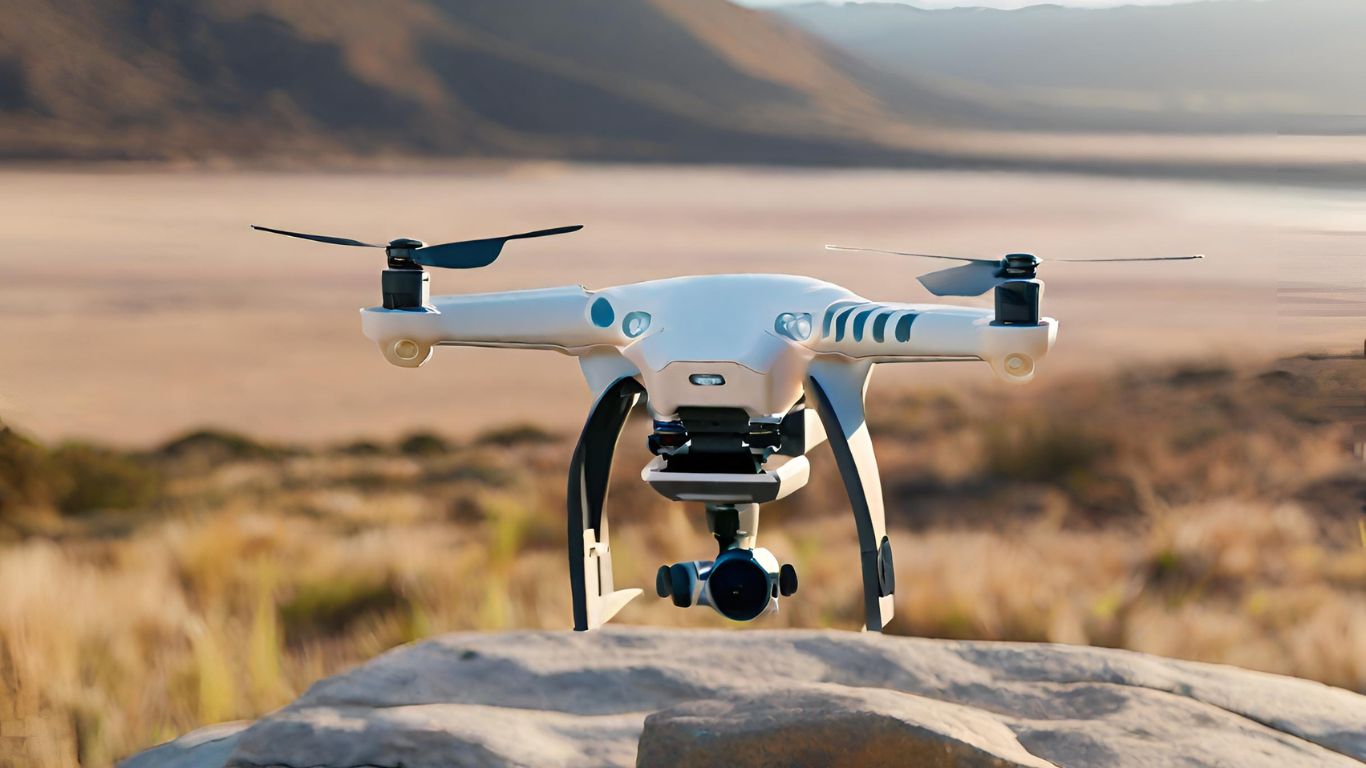When it comes to troubleshooting Holy Stone drone photography issues, the internet is a treasure trove of information. However, there are certain aspects and tips that often go unmentioned.
With these tips, we will explore some of the lesser-known factors that can greatly affect your drone photography experience with a Holy Stone drone.
- Environmental Factors: While the focus is often on the drone itself, it is essential to consider the environmental conditions in which you are flying. Strong winds, extreme temperatures, and high humidity can all impact the performance of your drone and the quality of your aerial shots. Avoid flying in adverse weather conditions to prevent potential issues and ensure optimal image capture.
- Camera Calibration: Holy Stone drones come with adjustable camera settings, but it is crucial to calibrate the camera before each flight. This often-overlooked step ensures that the camera is accurately capturing the images and prevents issues like misaligned horizons or inconsistent exposure. Consult your drone’s manual to learn how to calibrate the camera properly.
- Memory Card Compatibility: Not all memory cards are created equal, and using an incompatible or low-quality card can lead to frequent issues with image and video storage. Holy Stone drones generally support microSD cards, but it is vital to choose a high-quality card with fast write speeds and sufficient storage capacity. This will ensure smooth recording and prevent data loss.
- GPS Signal Interference: Holy Stone drones utilize GPS technology for stable and accurate flight. However, GPS signal interference can disrupt the positioning system, leading to navigation issues and inaccurate image geotagging. Be cautious of flying near tall buildings, power lines, or areas with strong electromagnetic interference, as they can disrupt the GPS signal. Fly in open areas away from such obstructions for optimal performance.
- Firmware Updates: Holy Stone regularly releases firmware updates for their drones, addressing bugs, improving stability, and enhancing camera performance. Many drone users neglect to update their firmware, missing out on important fixes and improvements. Regularly check Holy Stone’s website or app for firmware updates and follow the instructions carefully to keep your drone operating at its best.
By paying attention to these often-ignored factors, you can significantly improve your troubleshooting experience when it comes to Holy Stone drone photography issues. Remember that a holistic approach that combines technical knowledge, environmental awareness, and regular maintenance will help you achieve outstanding aerial shots every time.
Whether you’re a hobbyist or a professional, this discussion will equip you with the knowledge to overcome these challenges and continue capturing breathtaking aerial photographs.
Holy Stone drones, known for being affordable and user-friendly, are no exception to this. If you’ve been facing frustrating camera problems, such as a black screen or poor image quality, you’re not alone. The good news is that there are troubleshooting steps you can take to identify and resolve these issues.
Drone photography has become increasingly popular, with both enthusiasts and professionals relying on their equipment to capture stunning aerial shots. However, even the most advanced drones can sometimes encounter technical issues that can hinder the photography experience.
Key Takeaways: Troubleshooting Holy Stone Drone Photography
Troubleshooting the camera issues of the Holy Stone drone can be quite challenging for users. Despite trying various troubleshooting steps and seeking help from customer service, the camera problem persists.
This can be frustrating for users, especially when they have an upcoming trip and need reliable drone photography. In such cases, users may consider exploring alternative options like purchasing a Mavic drone.
It is important for drone manufacturers to address these camera issues and provide effective solutions to ensure a satisfactory user experience.
Camera Calibration Tips
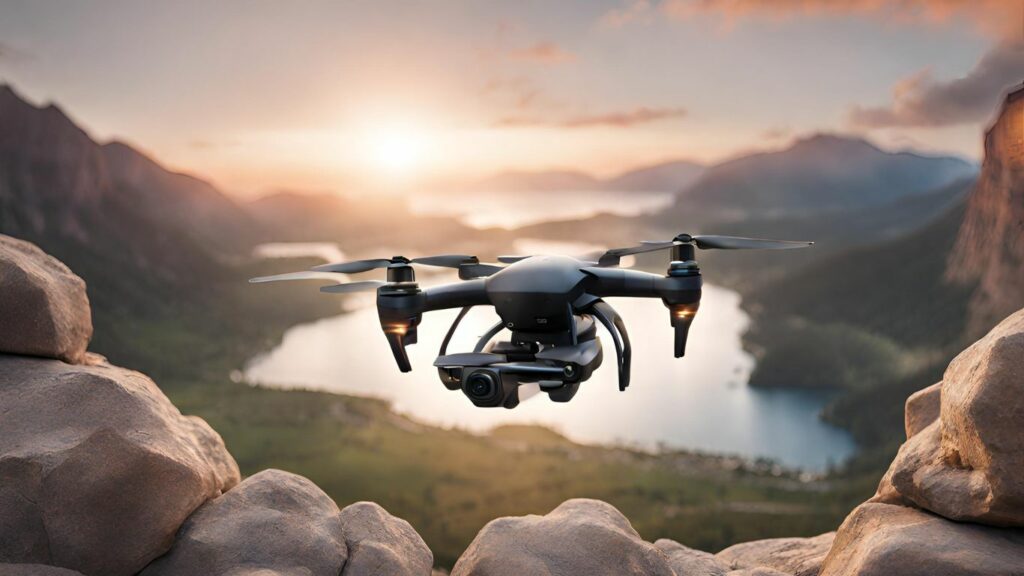
When optimizing the photography of your Holy Stone drone, one important aspect to consider is camera calibration. The camera on your Holy Stone HS drone is a powerful tool for capturing stunning aerial photography, but it needs proper calibration to ensure the best image quality. If you are experiencing camera issues or are not satisfied with the quality of your photos, here are some camera calibration tips that may help.
First, make sure the camera is securely attached to the drone. Check for any loose connections or misalignments that could affect the camera’s performance. If you’re unsure, refer to the user manual or contact Holy Stone’s customer service for assistance.
Next, ensure that the camera lens is clean and free from dirt or smudges. Use a microfiber cloth or lens cleaning solution to gently clean the lens surface. This will reduce potential blurriness or distortion in your photos.
Additionally, adjusting the camera settings can also improve the quality of your aerial photography. Experiment with different exposure settings like ISO, shutter speed, and white balance to find the optimal settings for your desired shots. Holy Stone provides detailed instructions in their user manual on how to adjust these settings.
Lastly, regularly calibrate the gimbal of your Holy Stone drone. The gimbal stabilizes the camera during flight, ensuring smooth and steady footage. Follow the manufacturer’s instructions to calibrate the gimbal properly.
Improving Drone Stability in Wind
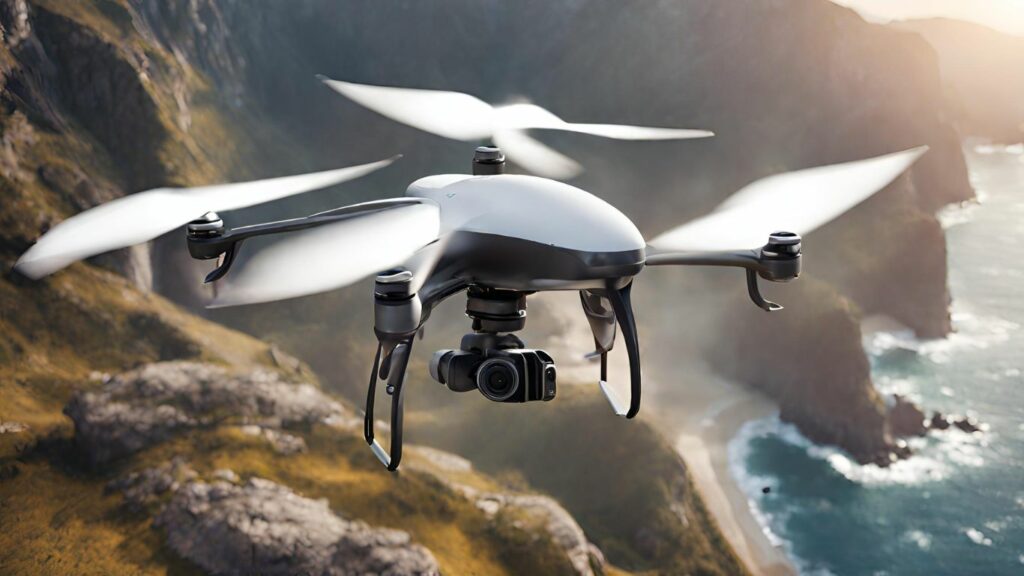
To enhance the stability of your Holy Stone drone in windy conditions, you can use practical techniques to minimize the effects of wind turbulence on your aerial photography. Here are four effective methods to improve drone stability in the wind:
-
Increase the drone’s weight: Adding weight to your Holy Stone drone can make it more resistant to wind disturbance. You can attach small weights to the drone’s body or use a heavier battery. This will help increase stability and reduce the chances of the drone being blown off course.
-
Adjust flight parameters: Utilize the settings on your Holy Stone drone to adjust flight parameters such as sensitivity and responsiveness. By reducing the sensitivity, you can make the drone less responsive to sudden gusts of wind. This will allow for smoother and more stable flights, even in windy conditions.
-
Use propeller guards: Installing propeller guards on your Holy Stone drone can significantly improve stability in windy conditions. These guards not only protect the propellers from damage but also help to create a more stable airflow around the drone. This reduces the impact of wind turbulence and ensures better stability during flight.
-
Choose a suitable flying location: When flying your Holy Stone drone, it is crucial to select a suitable location that offers some protection from the wind. Areas with natural windbreaks, such as trees or buildings, can help reduce the impact of wind turbulence on your drone. Additionally, avoid flying in open areas with strong winds, as this can make it extremely challenging to maintain stability.
Resolving Image Quality Issues
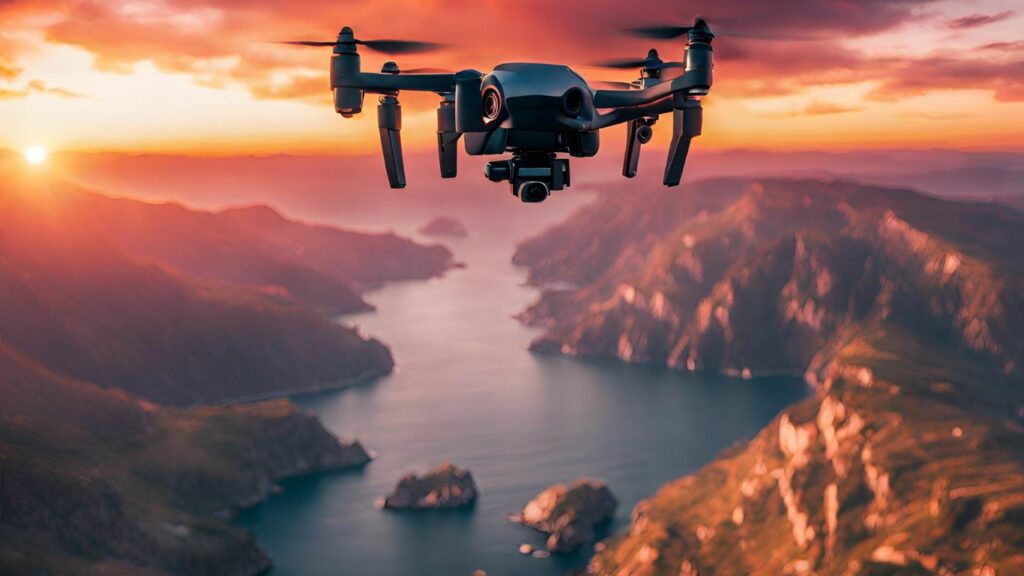
Drone photographers often face the challenge of resolving image quality issues. This is especially important when using Holy Stone drones to capture stunning aerial photographs. Several factors can impact image quality, including lighting conditions, camera settings, and the stability of the drone.
To troubleshoot image quality problems in Holy Stone drone photography, it is essential to start by adjusting the camera settings. Experimenting with different settings like ISO, shutter speed, and white balance can help achieve the desired image quality. Additionally, using a higher resolution setting and utilizing the drone’s RAW mode can provide more flexibility during post-processing.
Another aspect to consider is the stability of the drone during flight. Unstable flights can result in blurry or distorted images. To address this, ensure that the drone is properly calibrated and that the firmware is up to date. Additionally, flying the drone in optimal weather conditions and avoiding strong winds or rain can significantly improve image quality.
Using filters can also enhance image quality in drone photography. UV filters can reduce haze and enhance color saturation while polarizing filters can minimize reflections and improve contrast. Experimenting with different filters can help achieve the desired image quality.
Troubleshooting GPS Signal Problems
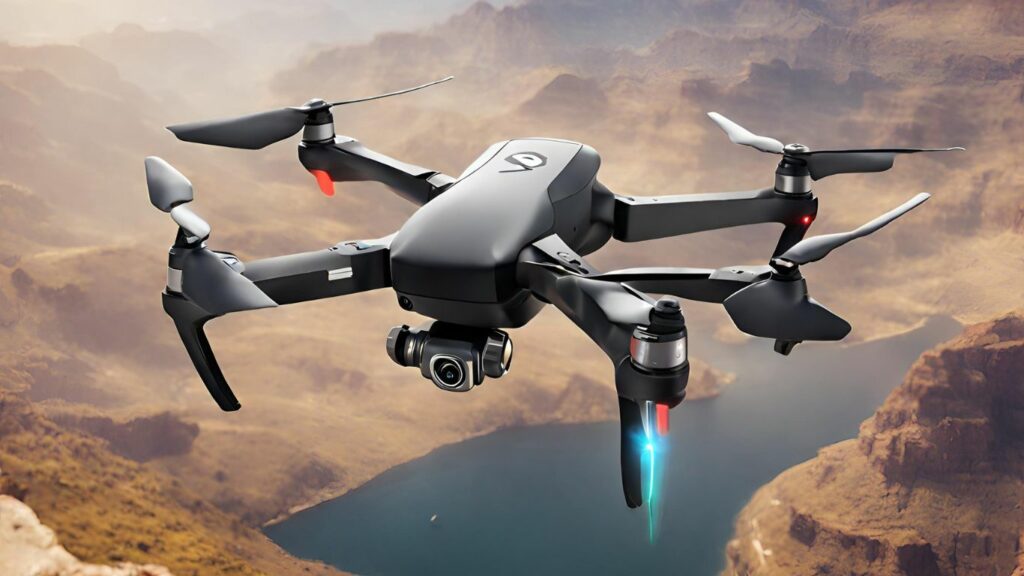
Troubleshooting GPS signal problems in Holy Stone drone photography requires attention to various factors that can affect signal stability and accuracy. Here are some steps you can take to address GPS signal issues:
-
Update the companion app: Make sure you have the latest version of the Holy Stone drone’s companion app installed on your smartphone. Updating the app from the phone’s app store can resolve GPS signal issues by improving compatibility and optimizing performance.
-
Avoid interference: When flying your drone, be aware of your surroundings. Flying near Wi-Fi routers, power lines, or other devices that can cause interference can disrupt the GPS signal. By keeping a safe distance from potential sources of interference, you can help ensure a stable GPS connection.
-
Check phone compatibility: For Android users, it’s worth noting that some phone brands may work better with Holy Stone drones than others. Check for compatibility between your phone and the drone to determine if there are any known issues or recommended settings that can improve GPS signal quality.
-
Seek technical support: If you have followed the above steps and are still experiencing GPS signal problems, it’s advisable to contact Holy Stone’s technical support. They can provide assistance and guidance, as the issue may be related to software rather than hardware.
Additionally, it is important to regularly calibrate the drone’s compass and ensure a strong GPS signal before each flight. This can help improve the stability and the accuracy of the GPS signal, resulting in better overall drone photography experiences.
Fixing Battery Life and Charging Problems

Addressing battery life and charging problems in Holy Stone drone photography is crucial for optimal performance and prolonging the battery’s lifespan.
To ensure the best performance, it is important to start with a fully charged battery. This will allow the drone to operate at its maximum potential and capture stunning aerial shots.
It is also important to use the recommended charger provided by Holy Stone and avoid using third-party chargers, as they may not be compatible and can potentially damage the battery.
Properly storing the battery is another key factor in maintaining its lifespan. When the drone is not in use, it is recommended to store the battery in a cool and dry place. This helps prevent any potential damage caused by extreme temperatures or moisture.
Avoid overcharging the battery, as it can lead to overheating and potential damage. It is important to follow the manufacturer’s instructions regarding charging times and avoid leaving the battery plugged in for extended periods.
If you are experiencing any battery-related issues, it is advisable to contact Holy Stone’s customer support for further assistance. They have a team of experts who can provide troubleshooting guidance and help resolve any issues you may be facing.
Frequently Asked Questions
How Do You Reset a Holy Stone Drone?
To reset a Holy Stone drone, follow the recommended resetting process provided by the manufacturer. This usually involves turning the drone off and on again, while following the instructions in the manual.
The reset may also include recalibrating the gyroscope and checking for firmware updates. It is important to perform the reset on a level surface.
If you continue to experience common issues, such as camera problems, after the reset, it is advisable to consult the manufacturer’s troubleshooting guide or seek technical support for further assistance.
How Do You Change the Mode on a Holy Stone Drone?
To change the mode on a Holy Stone drone, you can access the settings through the companion app on your smartphone. Modes are important for aerial photography as they offer different options for capturing various types of shots.
Holy Stone drones typically have modes like GPS, Follow Me, and Waypoint mode. It’s important to understand how mode changes can affect the drone’s performance in order to optimize drone modes for specific photography needs.
For professional drone photography, you can explore advanced mode settings that provide innovative options for capturing stunning aerial shots.
How Long Does a Holy Stone Drone Last?
The lifespan of a Holy Stone drone can be affected by various factors.
The battery life of a Holy Stone drone determines how long it can fly on a single charge. Regular maintenance and care can help extend the drone’s lifespan, and upgrading certain parts may prolong its usage.
Flight time limitations can be influenced by factors such as weather conditions and flying techniques. Additionally, backup batteries are available for longer flying sessions.
Implementing power-saving techniques can optimize power consumption on a Holy Stone drone.
How Do You Troubleshoot a Drone?
When troubleshooting a drone, there are a few important areas to focus on.
Start by making sure the drone is calibrated correctly, as this can affect its overall performance.
If the camera isn’t working, check for any physical obstructions or software issues that might be causing the problem.
If the drone won’t take off, make sure the battery is fully charged and properly connected.
Connection problems can often be resolved by checking the WiFi or remote control settings.
If these troubleshooting steps don’t fix the issue, it may be necessary to seek professional technical support.
Conclusion
Troubleshooting the camera issues of the Holy Stone drone can be quite challenging for users. Despite trying various troubleshooting steps and seeking help from customer service, the camera problem persists.
This can be frustrating for users, especially when they have an upcoming trip and need reliable drone photography. In such cases, users may consider exploring alternative options like purchasing a Mavic drone.
It is important for drone manufacturers to address these camera issues and provide effective solutions to ensure a satisfactory user experience.


